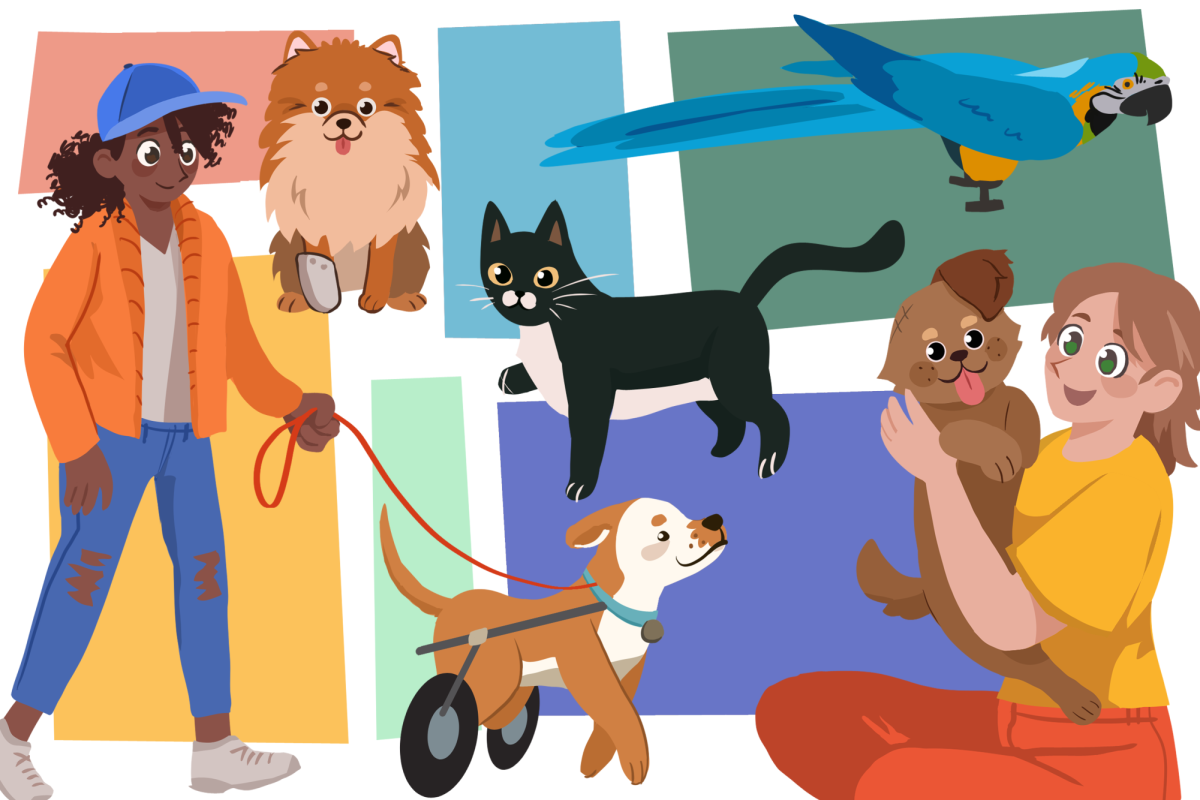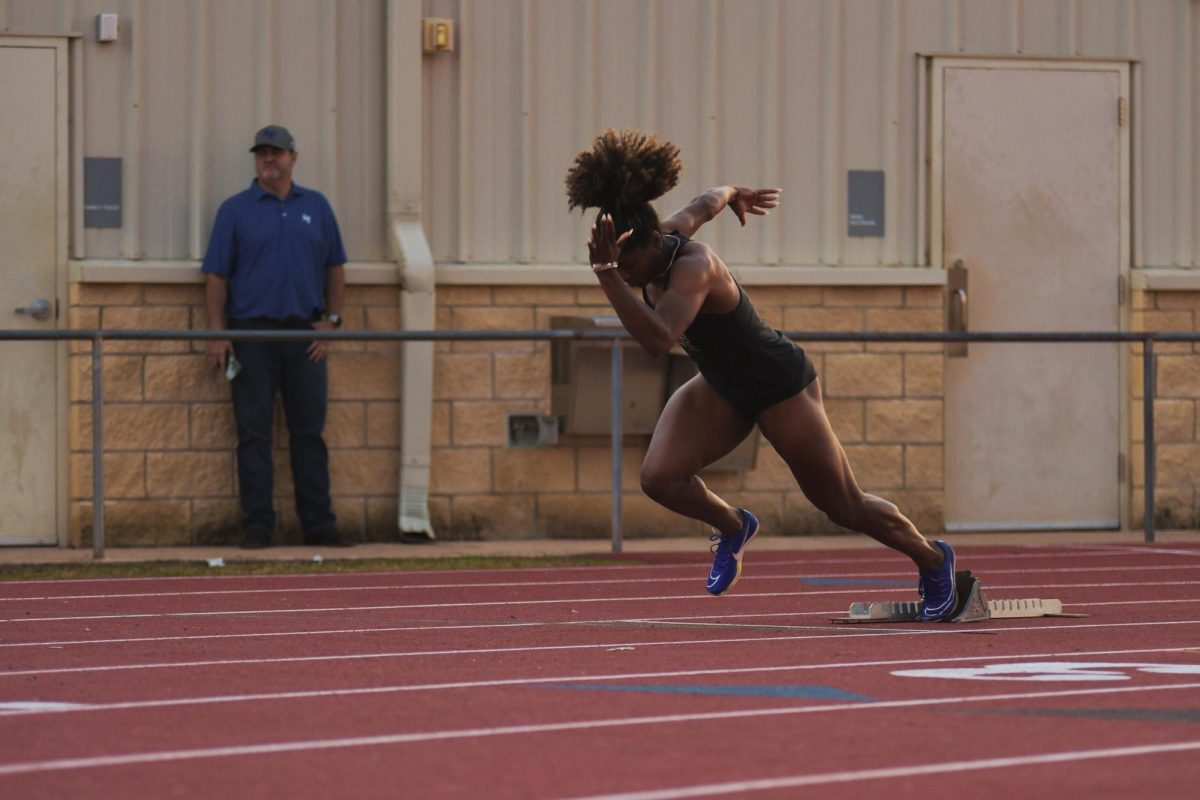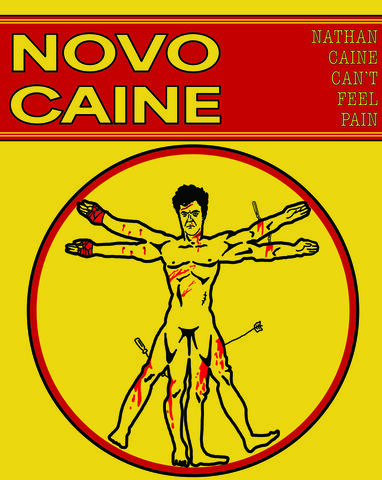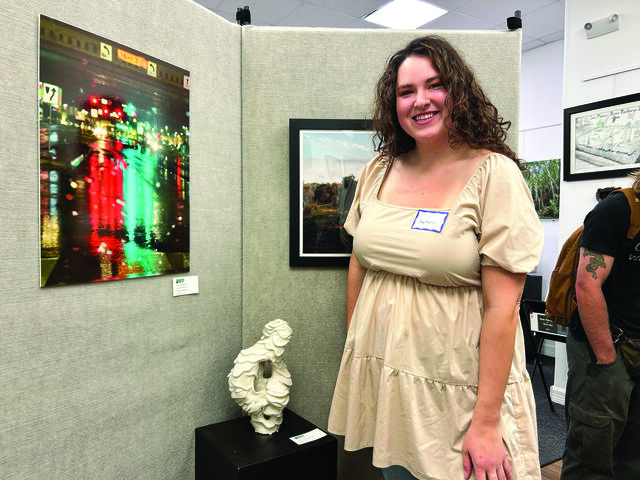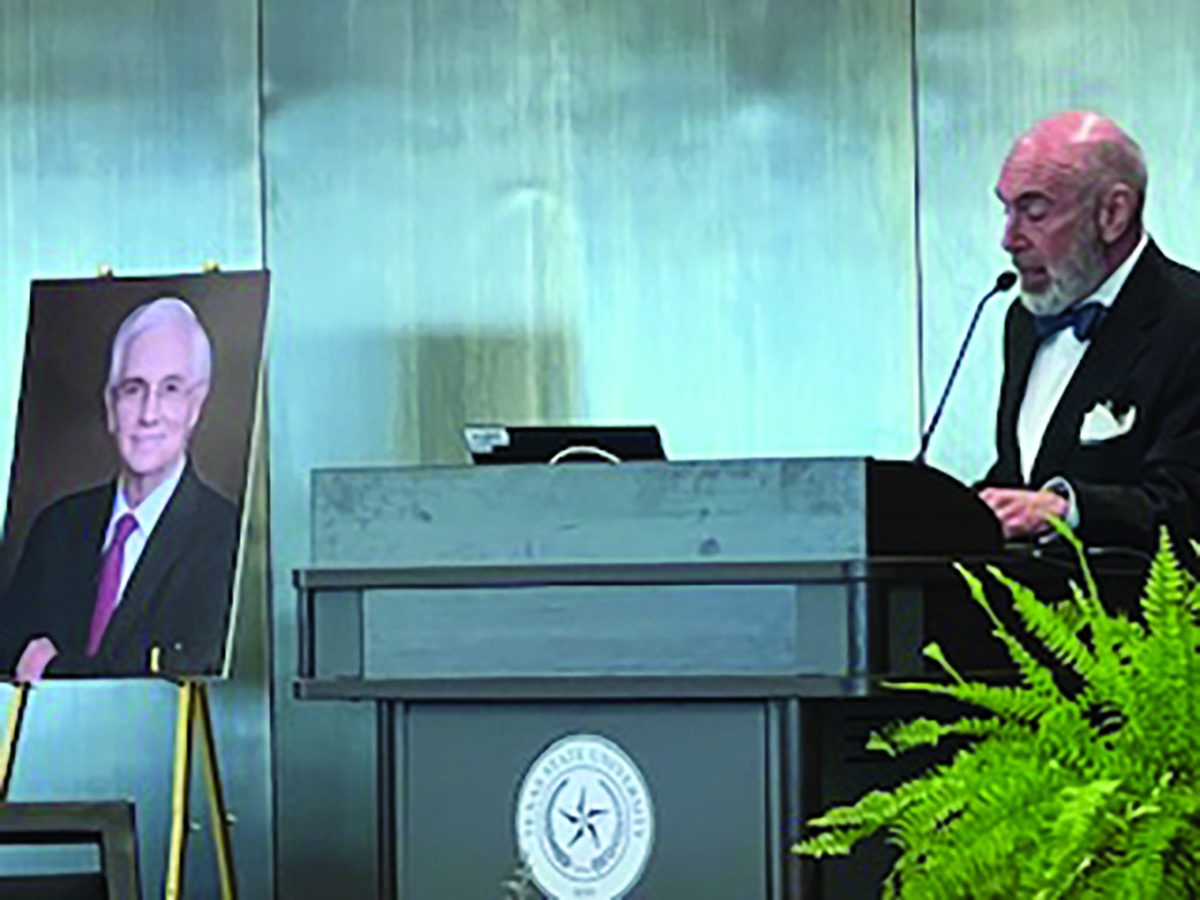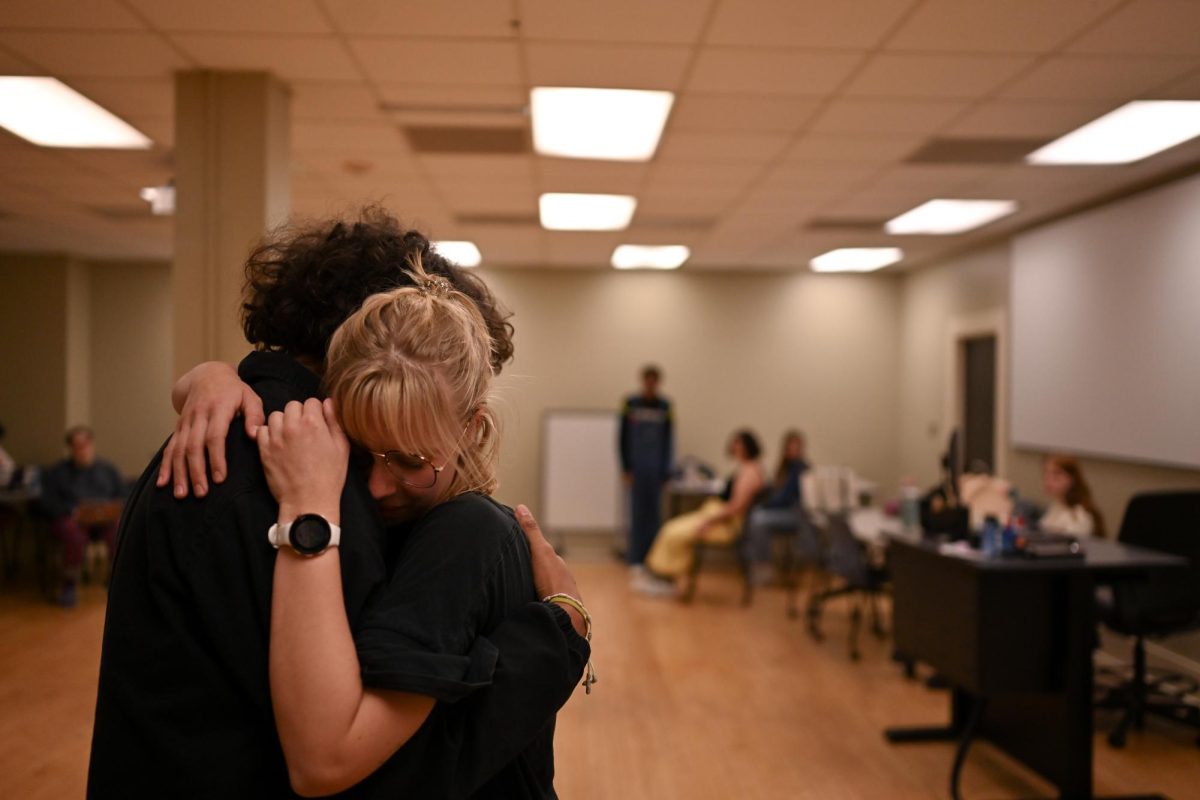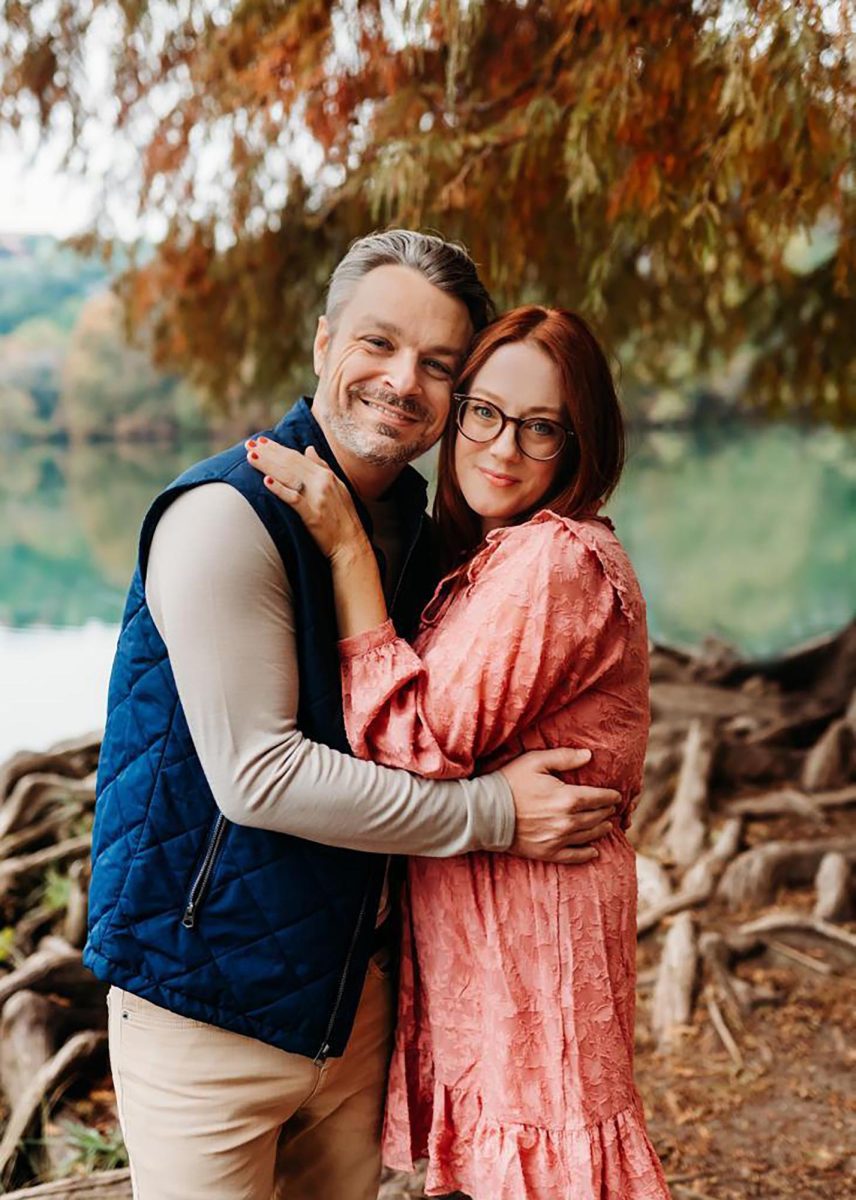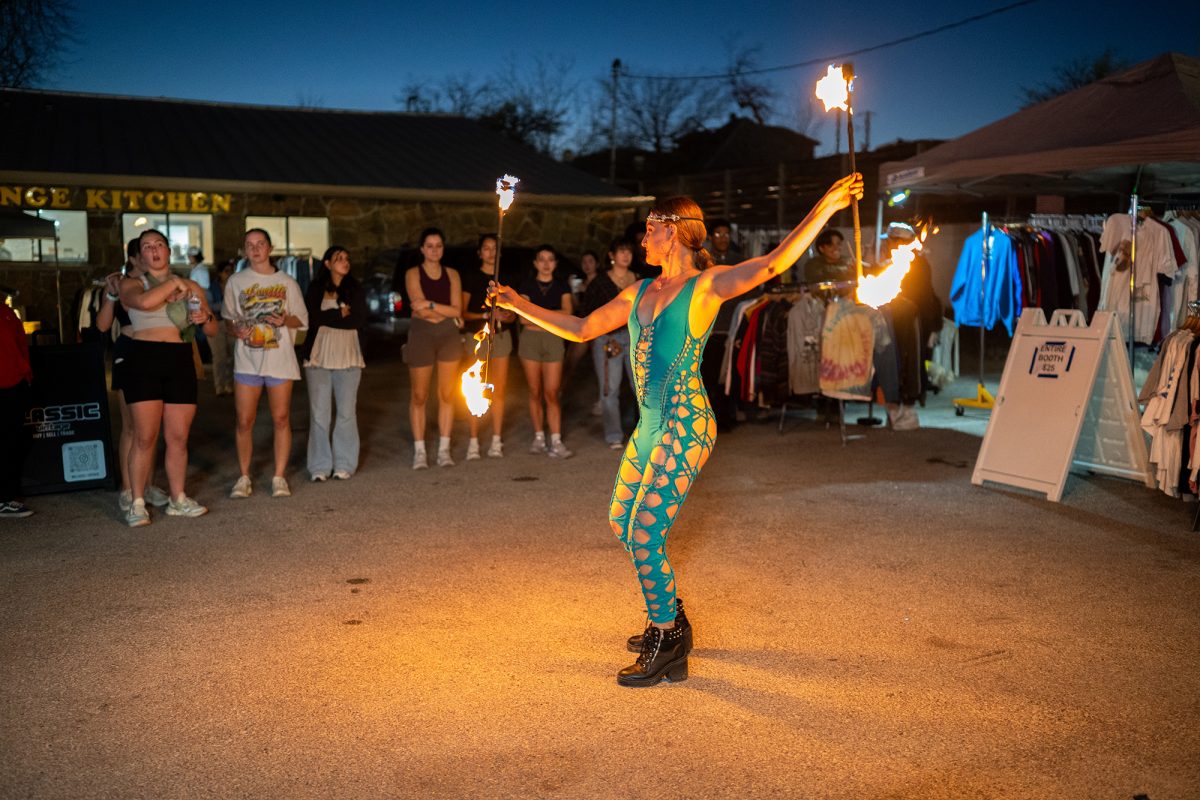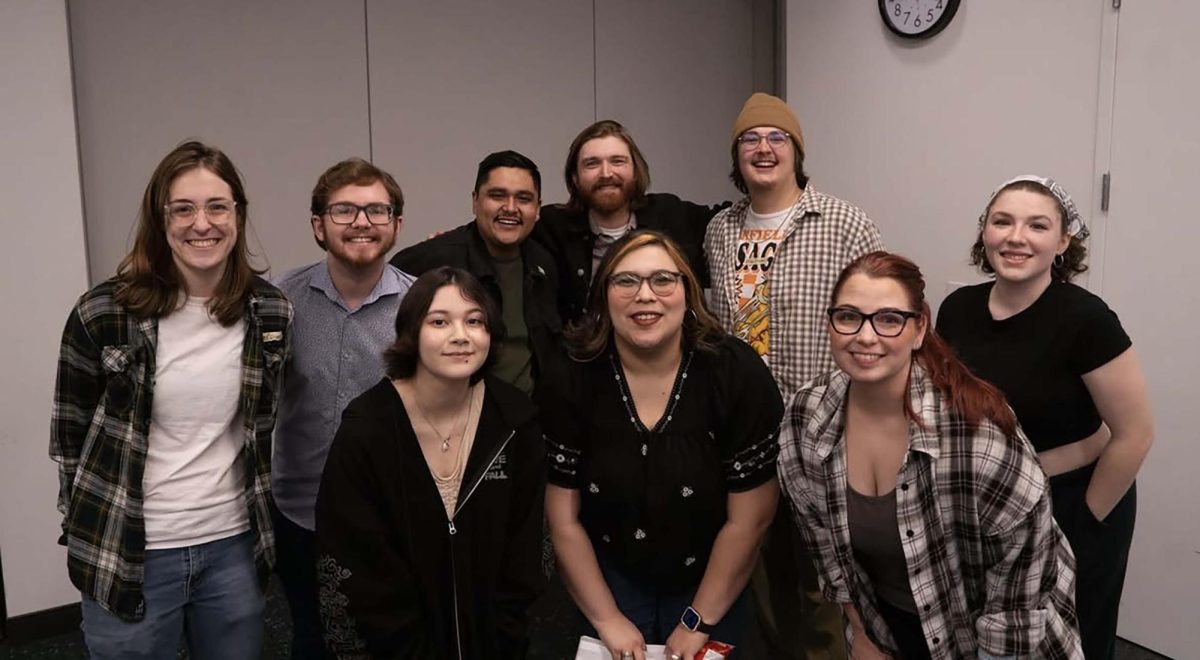The University Star has since updated the language previously used in the article according to the Disability Language Style Guide.
Pets come in all shapes and sizes, with different personalities. Some of these pets are disabled, meaning they have a unique niche that requires unique care. When it comes to caring for these pets, there can be added stress on top of the challenges of caring for a pet.
Some owners don’t have the opportunity to choose a disabled pet and adapt in real-time to their animal gaining a disability later.
Bella Rodriguez, a communication design freshman, dealt with her dog getting hip displasia. Rosie Pickles, a Jack Russel Terrier, used to love to run, jump and play, but wasn’t able to after she lost the ability to use her right hind leg after her diagnosis.
“She was gonna get through this because we all adapt to changes,” Rodriguez said. “Rosie reacted really well to her change.”
Rodriguez recounts Rosie Pickles changing in multiple ways after becoming disabled including being less energic, heightened aggression and the overall more pain her pet was feeling. Watching these changes at a young age gave Rodriguez a unique perspective toward all animals moving forward and increased her love for Rosie Pickles.
“I genuinely did love that she was different from everyone else,” Rodriguez said. “Just be patient because everything happens for a reason.”
Some people go into the idea of pet adoption open to caring for pets who need special care like Jillian Englert, a criminal justice freshman, who noticed her cat was different the first time they met. Linga, a calico cat, was extremely shy and reserved at the shelter which caught Englert’s attention.
“She looked really sad. She looked like she had been through a lot,” Englert said. “I was like, ‘Yeah, she’s the one.’”
Linga has vision trouble, specifically with gauging distance, light sensitivity and depth perception, due to suspected abuse at her previous home, Englert said. Englert said Linga will jump off high places and stumble on the ground upon landing due to her vision loss.
Englert had to make the financial decision to change the lighting in her home. She’s replaced overhead lights with lamps and other alternative lighting. Without this change, Linga would have remained stagnant under her bed. However, Englert didn’t have to think twice about adapting her lifestyle to fit Lingas, as their relationship benefits both parties.
“She is anything but a burden,” Englert said. “I have no problem spending the [resources] that I do have on her. I feel like she is there for me in the same way that I’m there for her.”
Cate Weisbrodt, an animal science junior, cares for two different guinea pigs: one adopted disabled, and the other gaining a disability while under her care. Both Kenny and Pendleton require very unique and time-consuming attention, but Weisbrodt was up to any challenge when it came to providing the best possible life for her pets.
“When I realized [they were] gonna need that extra care, it wasn’t like ‘Oh, how am I going to do this?’” Weisbrodt said. “It was like, ‘I’m going to do this.’”
Kenny was diagnosed with Satin Guinea Pig Syndrome, a congenital defect that is characterized by blindness and weak joints and bones. Pendleton is paralyzed from the waist down, meaning he has no movement in his legs at all. Because of their disabilities, Weisbrodt had to give up certain things like going on vacation to prioritize her animals, but said she doesn’t have any regrets.
“It turned into something really rewarding when I found ways to help my animals cope with their disabilities,” Weisbrodt said. “I realized if I give up on these animals, who else is going to take care of them?”
Weisbrodt doesn’t understate the importance of adopting disabled pets and believes owners who can make time to take care of them are needed. Englert supports this notion, as she doesn’t think owners should be wary of disabled pets, whether they have disabilities from the start or gain them under an owner’s care.
“Pets with disabilities have the same love to give and I don’t think their attitude is any different,” Englert said. “If you’re willing to put in the time and effort, they are too.”



